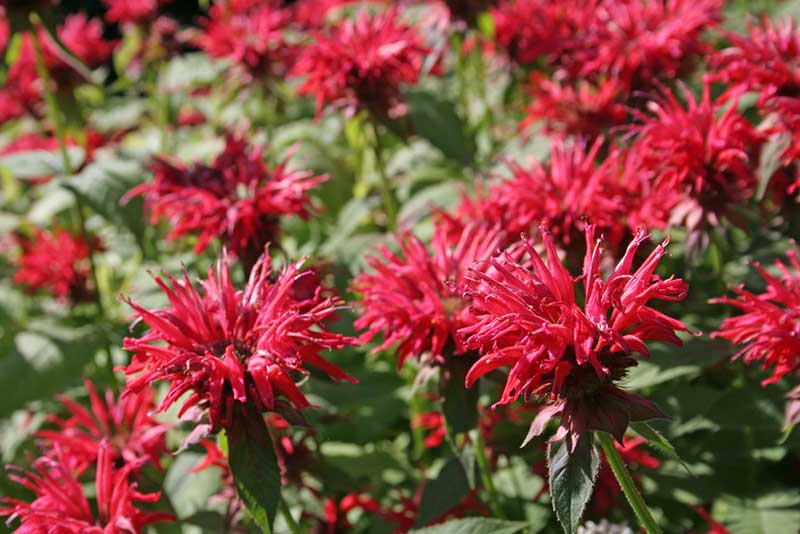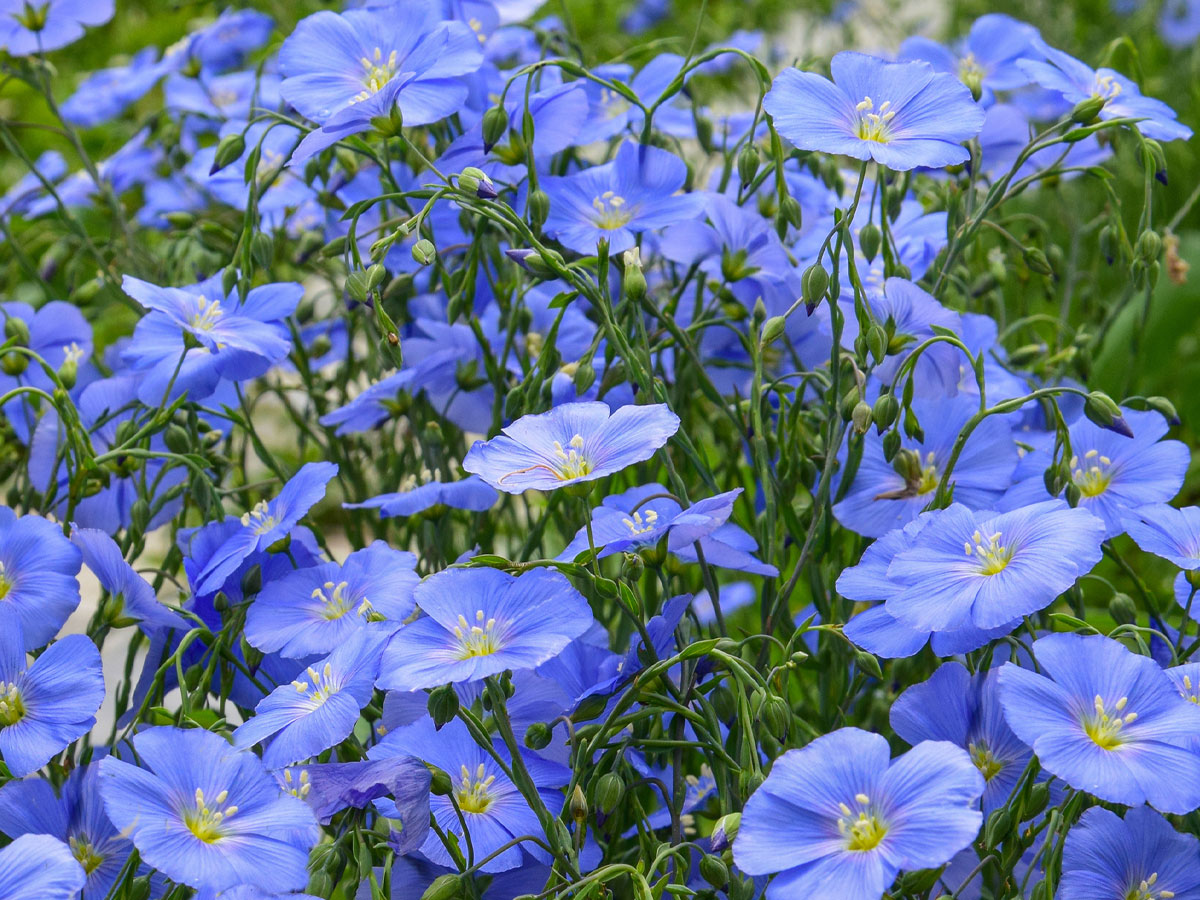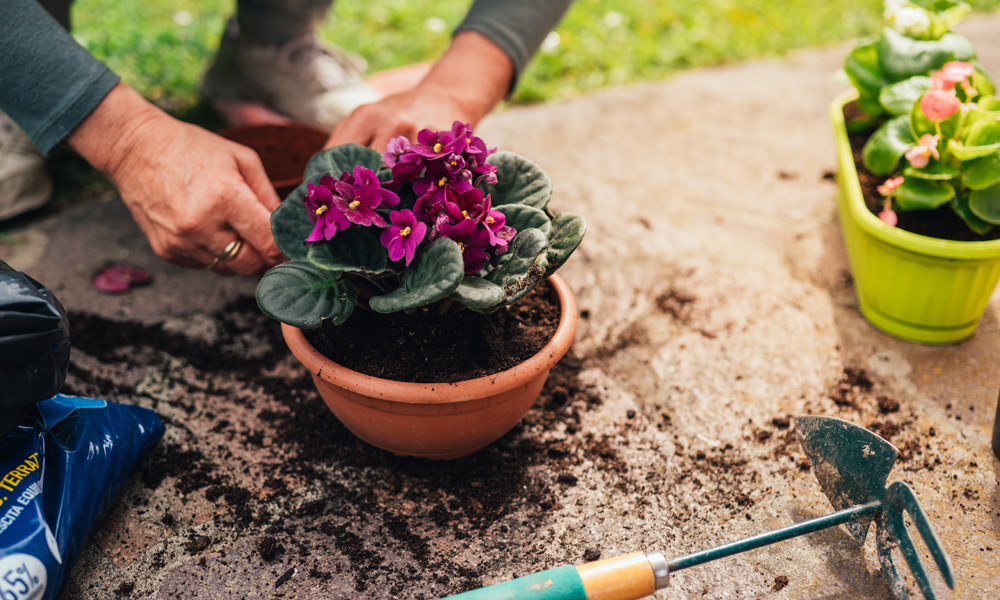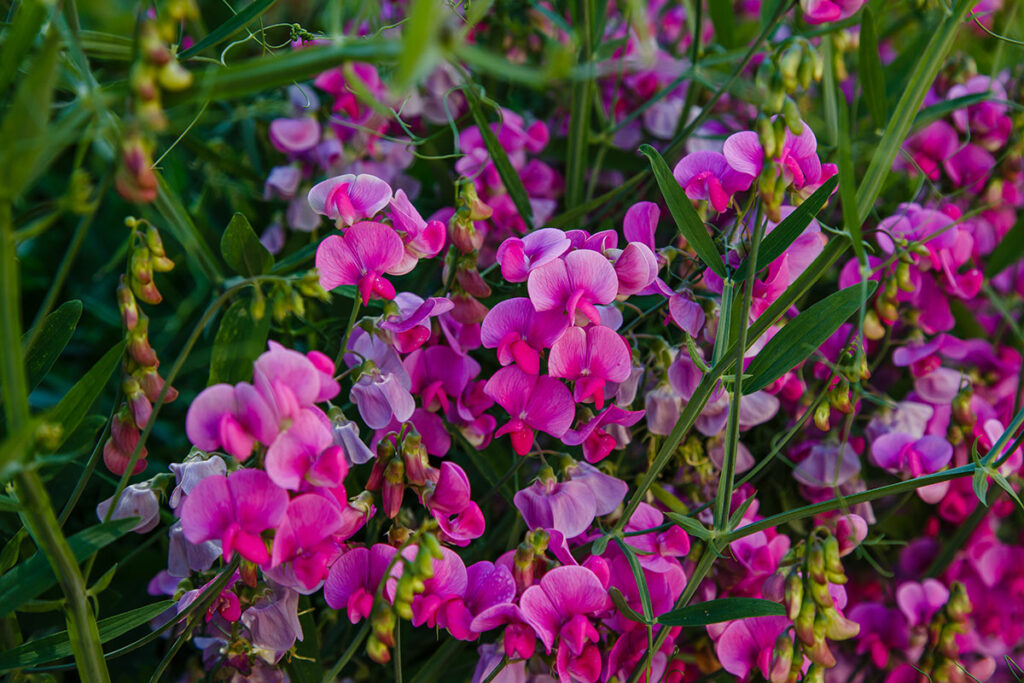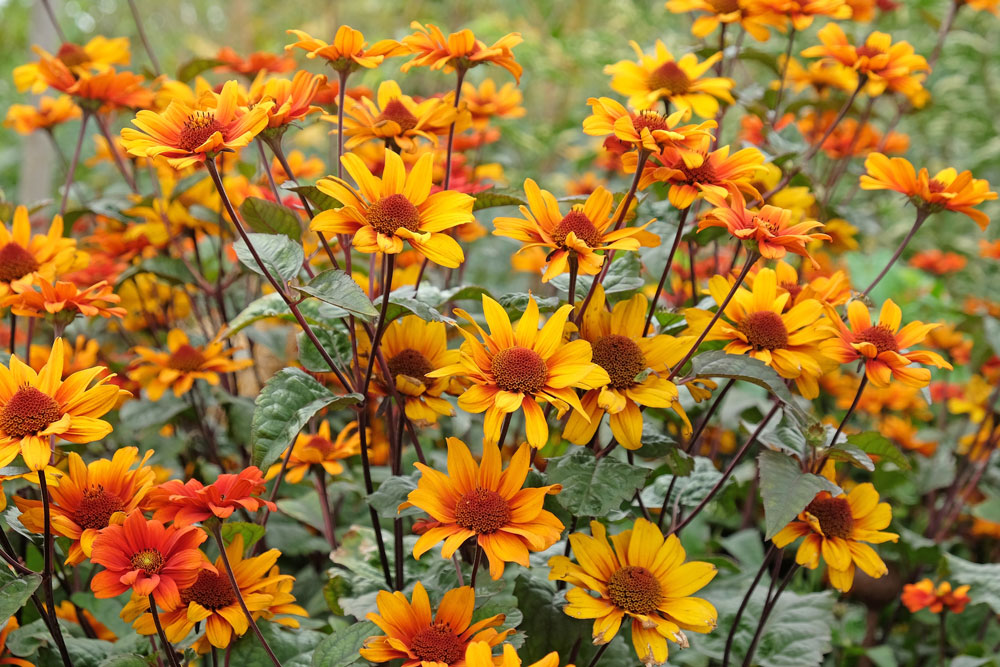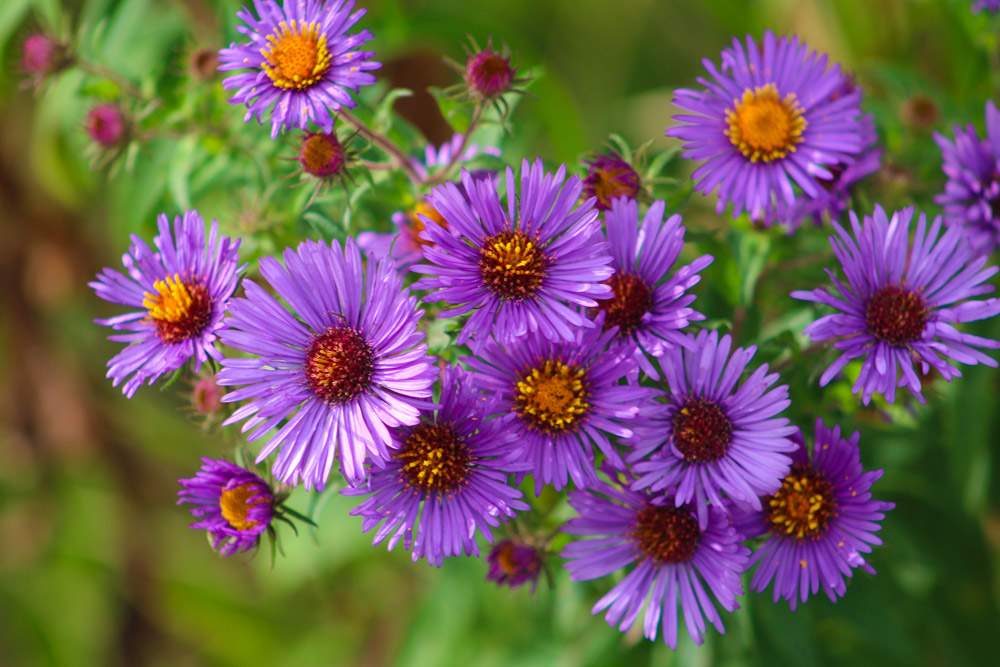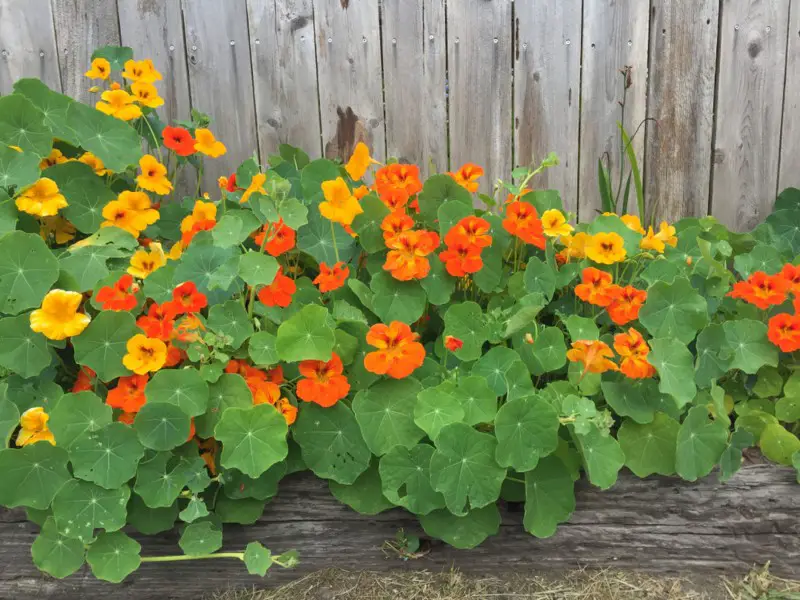
Starting seeds indoors can give your garden a head start. But not all plants do well when started inside. Some seeds grow best when planted directly in the garden soil.
Knowing which seeds to start indoors and which to sow outside can make a big difference in your garden’s success.
This guide will help you avoid common mistakes and get the best results from your planting efforts. You’ll learn which 13 seeds should always be planted outdoors and why they thrive better in their natural environment.
1. Cucumbers
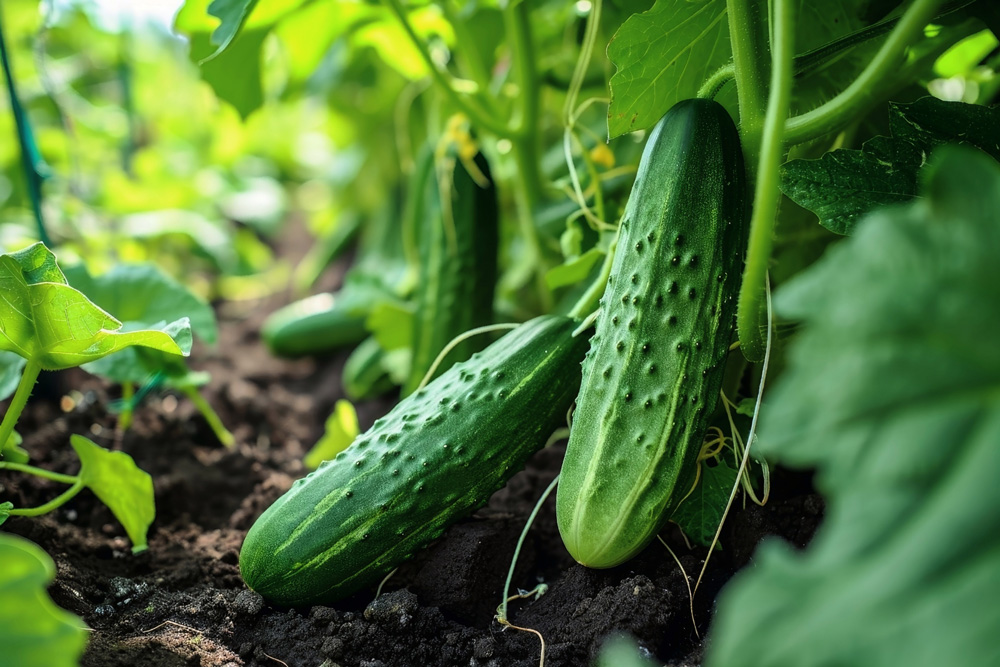
Cucumbers grow best when planted directly in the garden soil. They don’t like being moved, so starting them indoors can hurt their growth.
To plant cucumbers, wait until the soil warms up in late spring. Choose a sunny spot and dig small holes about 1 inch deep.
Pop 2-3 seeds in each hole and cover lightly with soil. Water gently and keep the area moist. You’ll see sprouts in 5-7 days if it’s warm enough.
Cucumbers love heat and grow fast once they start. They’ll reward you with crisp, juicy fruits all summer long. Just give them room to spread out and climb.
2. Pumpkins
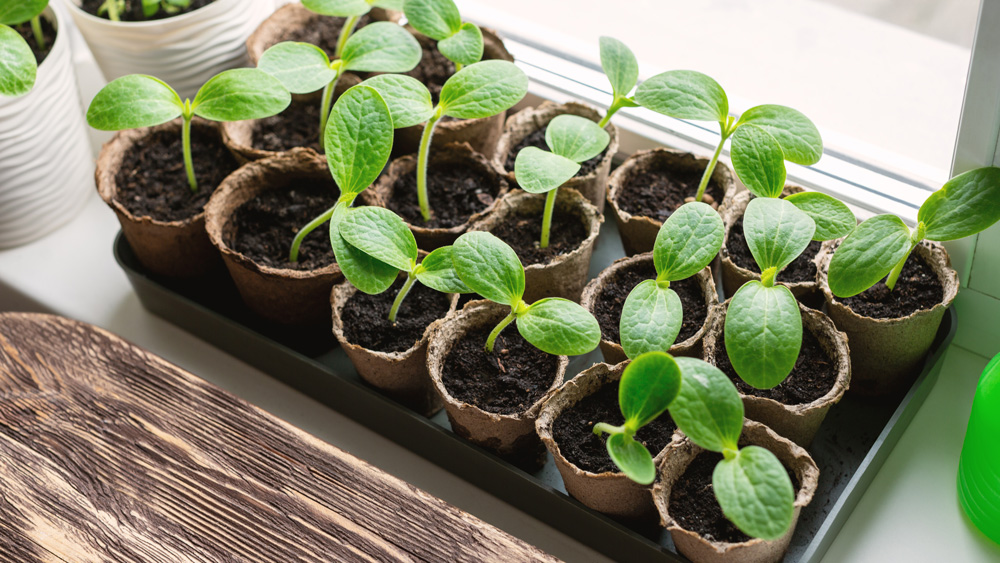
Pumpkins love to sprawl, making them tricky to start indoors. Their large seeds and fast growth can quickly outgrow small pots before it’s warm enough to plant outside.
You’re better off waiting to sow pumpkin seeds directly in your garden. Plant them about a week after the last frost date when the soil has warmed up.
If you really want to get a head start, try this trick: Plant pumpkin seeds in biodegradable pots 2-3 weeks before the last frost. This lets you transplant the whole pot, minimizing root disturbance.
Remember, pumpkins need lots of space and full sun to thrive. Give them plenty of room to spread out in your garden.
3. Zucchini
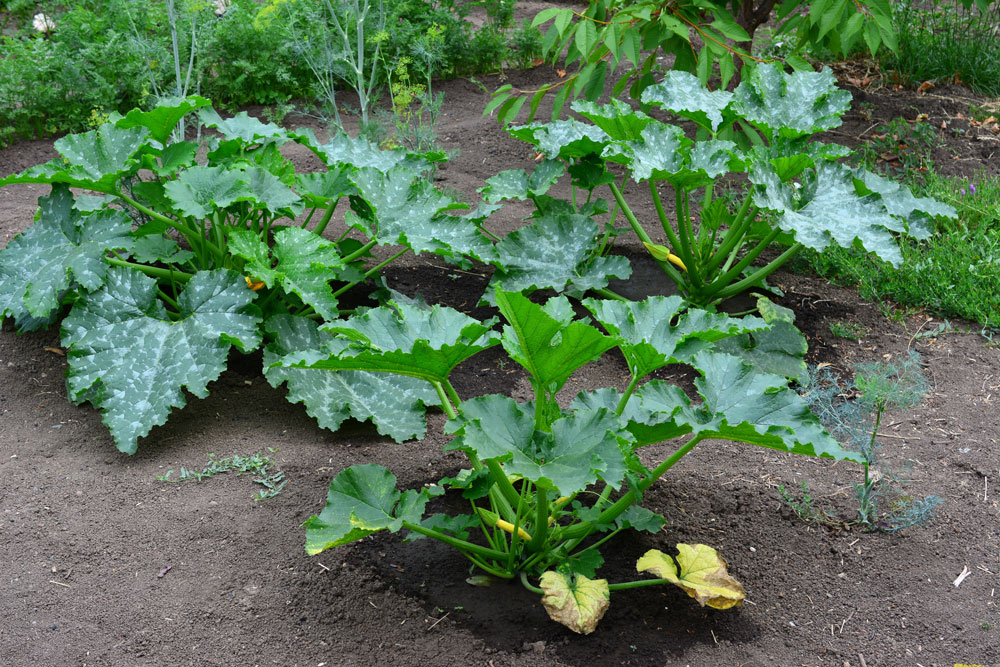
You might think starting zucchini indoors is a good idea, but it’s best to plant these seeds directly in your garden. Zucchini grows quickly and doesn’t like being transplanted.
If you start zucchini inside, the seedlings can get too big before it’s warm enough to move them outdoors. This can stress the plants and slow their growth.
Instead, wait until the soil warms up in spring. Then plant your zucchini seeds straight in the garden. They’ll sprout fast and grow into healthy, productive plants. You’ll be harvesting fresh zucchini in no time!
4. Watermelons
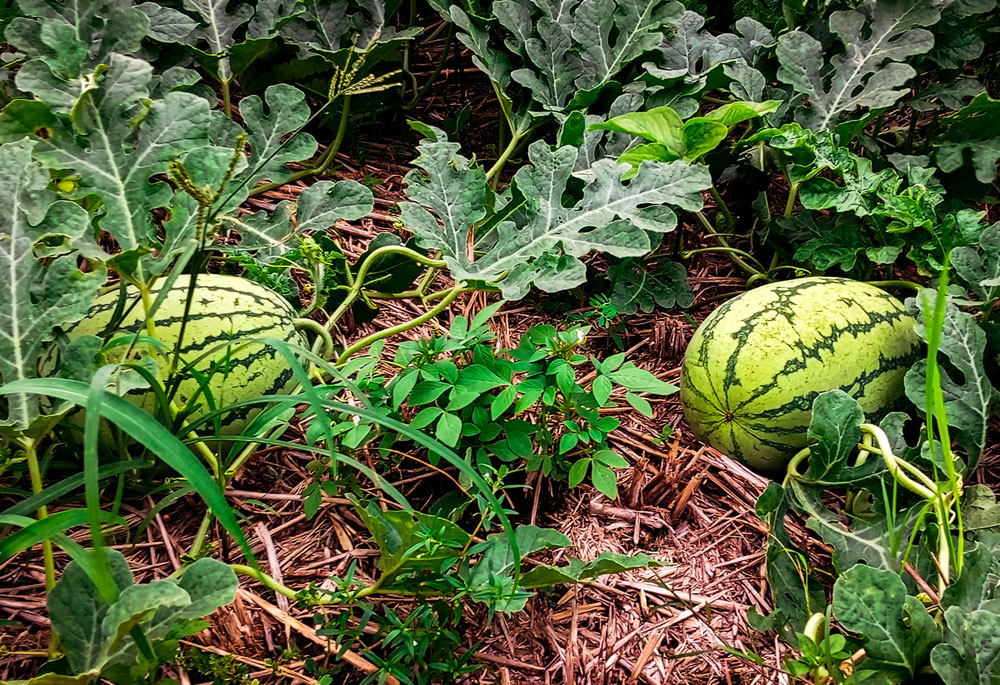
Watermelons love warm soil and direct sunlight. Starting them indoors can stunt their growth and make them harder to transplant.
To grow watermelons, plant seeds directly in the garden after the last frost. Choose a spot with full sun and rich, well-draining soil.
Create small mounds about 3 feet apart. Plant 4-5 seeds in each mound, 1 inch deep. Water gently and keep the soil moist.
Once seedlings sprout, thin to the strongest 2-3 plants per mound. Provide plenty of water and space for vines to spread.
5. Peas
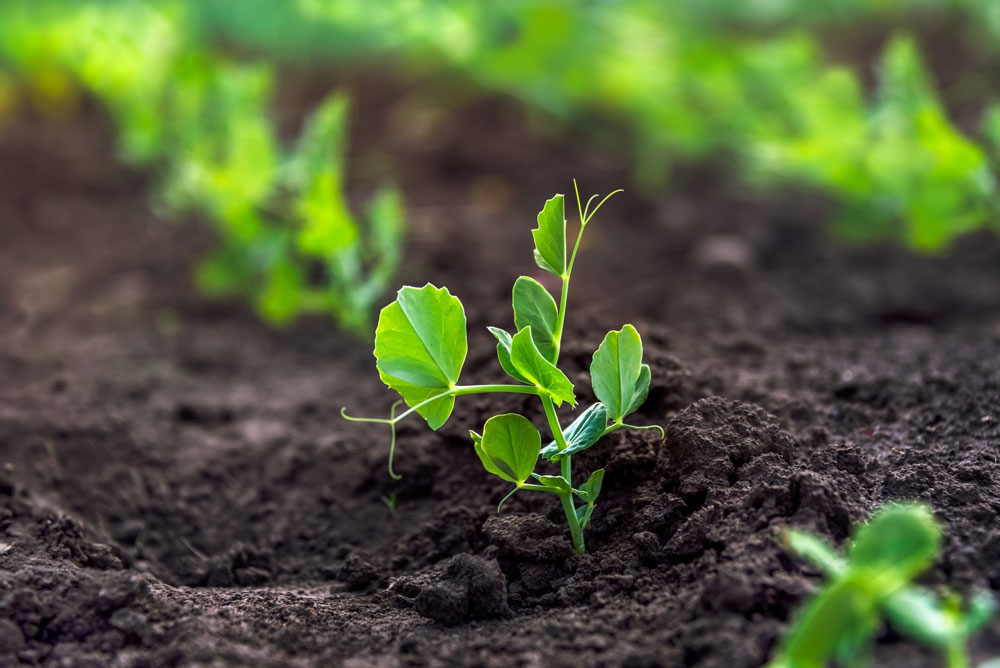
Peas love cool weather and grow best when planted directly in the garden. They don’t like having their roots disturbed, which can happen when transplanting seedlings started indoors.
To plant peas, wait until the soil can be worked in early spring. Push seeds about 1 inch deep into the soil, spacing them 2 inches apart. Provide support like a trellis for climbing varieties.
Peas grow quickly and can handle light frost. They’ll reward you with sweet, crisp pods in just a couple of months. Plus, pea plants add nitrogen to your soil as they grow.
6. Corn
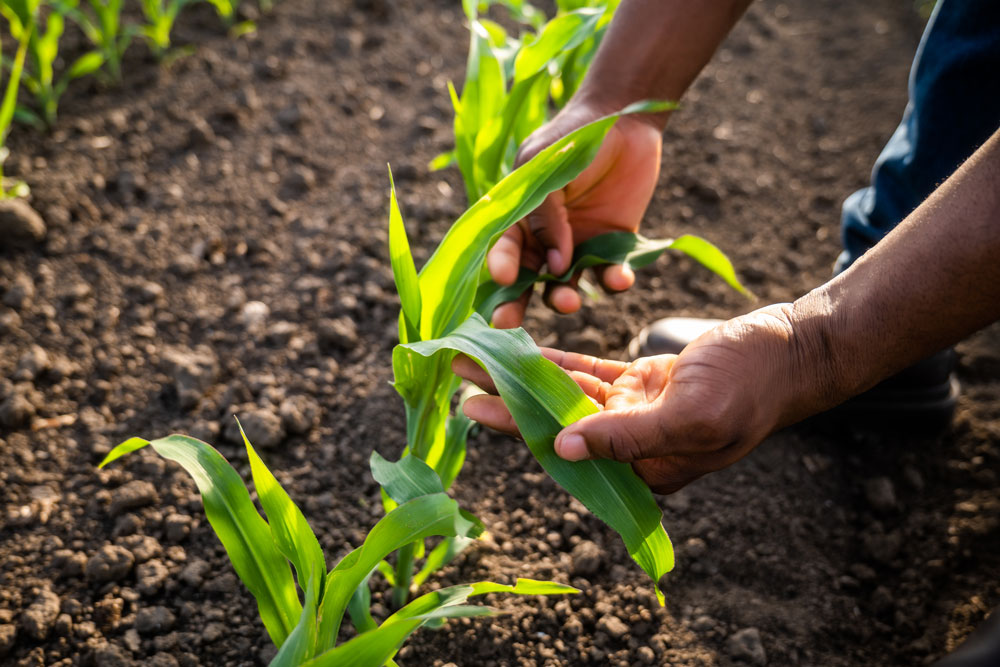
Corn grows fast and likes warm soil. Starting it indoors can shock the seedlings when you move them outside. It’s best to plant corn seeds right in your garden after the last frost.
To plant corn, make rows 30 inches apart. Put seeds 1 inch deep and 4 inches apart. Water well after planting. Corn needs full sun and rich soil to grow tall and produce tasty ears.
For a bigger harvest, plant corn in blocks instead of long rows. This helps with pollination. You can also try different types like sweet corn or popcorn for fun variety in your garden.
7. Beans

Beans are best sown directly in your garden soil. They don’t like their roots disturbed, which can happen when transplanting.
You can plant bean seeds about 1-2 inches deep in the soil. Space them 3-4 inches apart in rows.
Beans grow quickly and easily in warm soil. They prefer temperatures above 60°F (15°C). Wait until after the last frost to plant them outdoors.
Most bean varieties, like Phaseolus vulgaris, are low-maintenance. They don’t need much care beyond regular watering and occasional weeding.
8. Sunflowers

Sunflowers are best planted directly in the garden. These cheerful flowers thrive when sown outdoors where they’ll grow.
You might think starting sunflowers indoors gives them a head start. But their fast growth and deep roots make transplanting tricky.
When you plant sunflower seeds straight in the soil, they develop stronger stems. This helps them stand tall as they reach for the sky.
To plant sunflowers, wait until after the last frost. Choose a sunny spot and sow seeds about 1 inch deep. Water well and watch them sprout!
9. Radishes
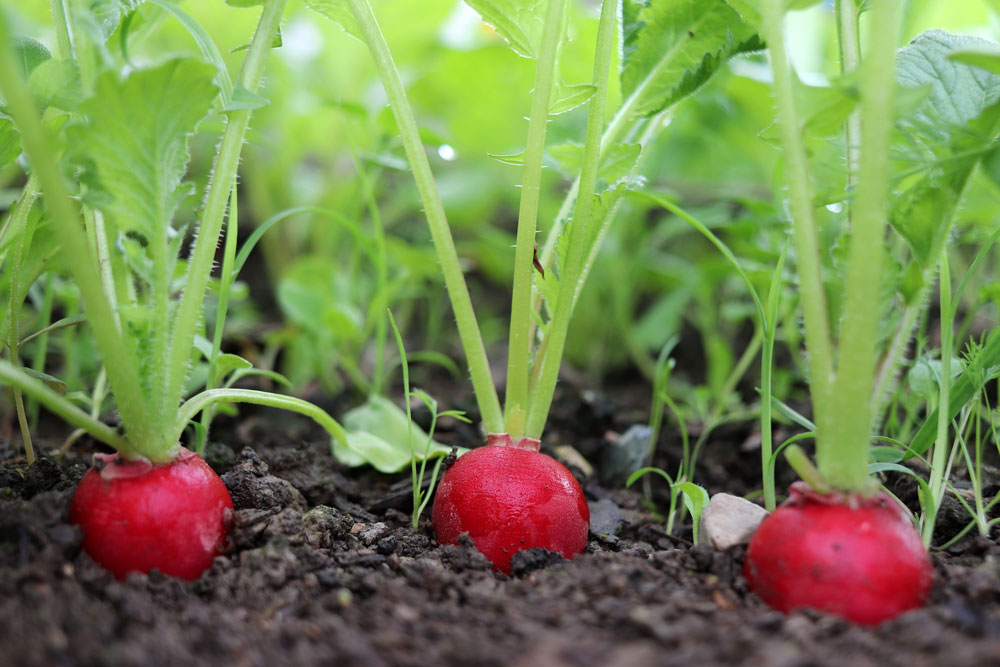
Radishes grow super fast and don’t like being moved. When you plant them right in your garden, they can sprout in just a few days.
These crunchy veggies need cool soil to grow well. Starting them indoors makes the soil too warm. This can mess up how they form their tasty roots.
To plant radishes, make shallow rows in your garden soil. Sprinkle the tiny seeds along the rows. Cover them lightly with soil and water gently. You’ll have fresh radishes to munch on in no time!
10. Carrots
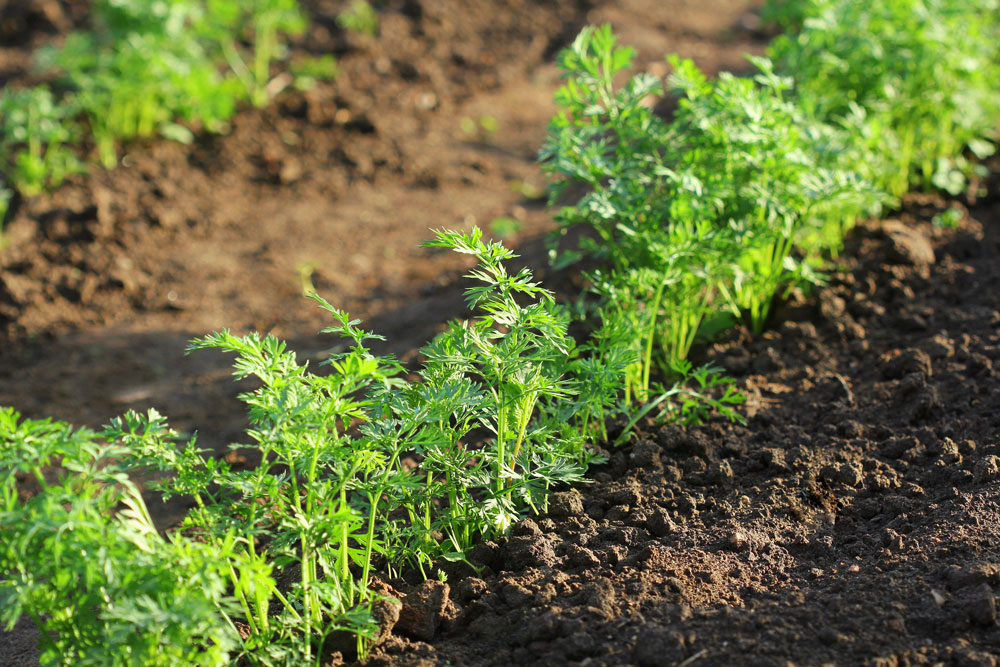
Carrots prefer to be sown directly in the garden. Their long taproots don’t like being disturbed, which makes transplanting tricky.
To plant carrots, prepare a bed with loose, sandy soil. Sow the tiny seeds just 1/4 inch deep and 1 inch apart in rows. Water gently to avoid washing away the seeds.
Carrots take 70-80 days to mature. You can harvest baby carrots earlier for a sweeter taste. Thin seedlings to 3 inches apart when they’re 2 inches tall.
11. Parsnips
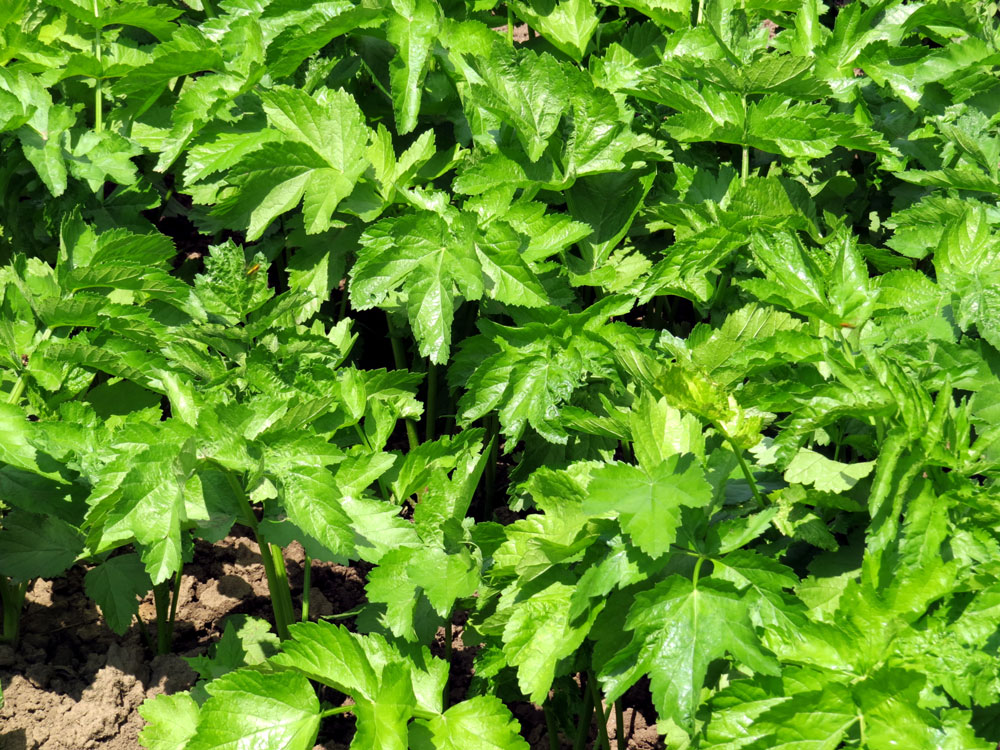
Parsnips don’t do well when started indoors. These root veggies prefer to be planted directly in your garden soil. When you sow parsnip seeds outdoors, they can develop strong, straight roots.
To plant parsnips, wait until the soil warms up in spring. Loosen the soil deeply and remove any rocks. Sow the seeds about 1/2 inch deep in rows. Water gently and keep the soil moist until they sprout.
Parsnips take a while to germinate, so be patient! It can take 2-3 weeks for seedlings to appear. Once they’re up, thin the plants to about 4 inches apart.
12. Beets
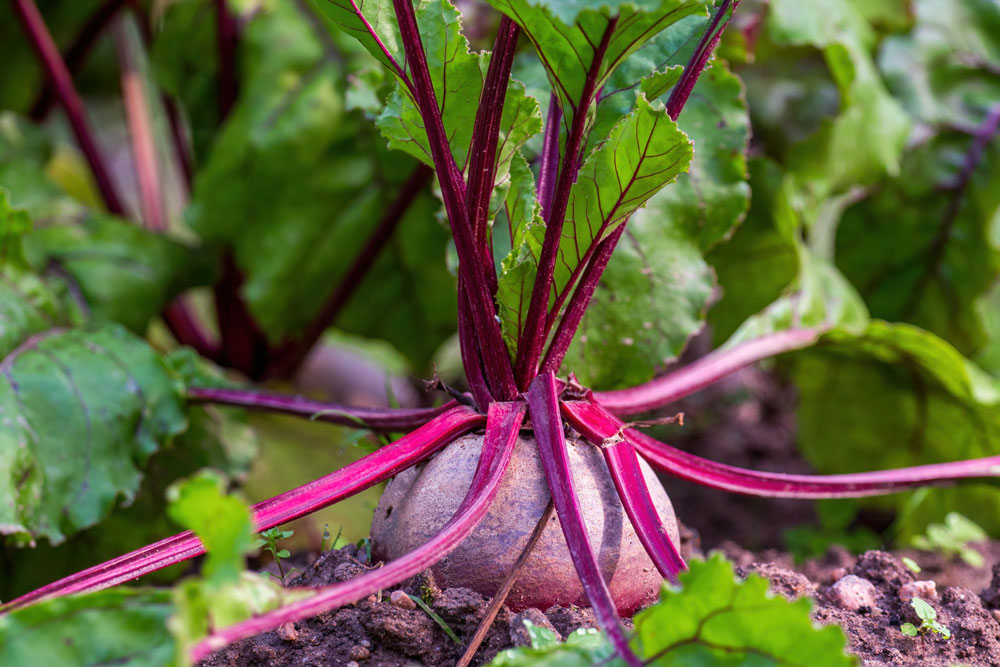
Beets are best sown directly in your garden. Their root system doesn’t like being disturbed, which can happen when transplanting seedlings started indoors.
When you plant beet seeds outside, space them about 1 inch apart and 1/2 inch deep. You’ll need to thin the seedlings later, leaving 3-4 inches between plants.
Beets grow well in cool weather. You can plant them in early spring for a summer harvest, or in late summer for a fall crop. They’re quite hardy and can handle light frosts.
13. Turnips
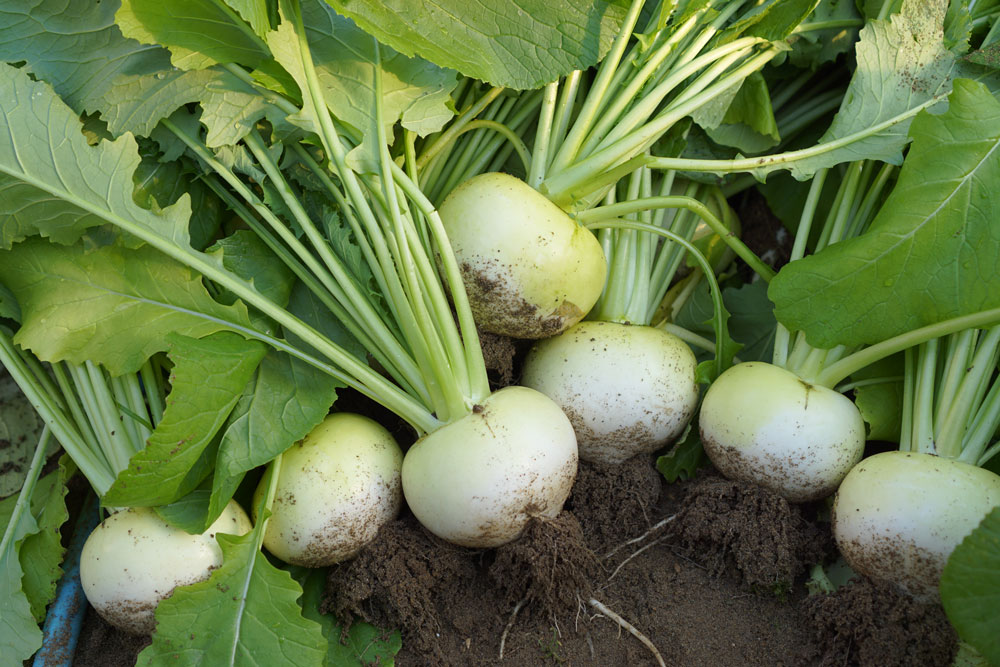
Turnips don’t like being transplanted, so it’s best to sow them directly in your garden. These fast-growing veggies prefer cool weather and can be planted in early spring or late summer.
To plant turnips, scatter seeds thinly in rows about 1/2 inch deep. Space rows 12-18 inches apart. Once seedlings emerge, thin them to 4-6 inches apart. This gives roots room to grow.
Turnips are low-maintenance and mature quickly. You can harvest both the roots and greens. The leaves are tasty when young and tender. For the best flavor, pick turnips when they’re 2-3 inches wide.
14. Nasturtiums
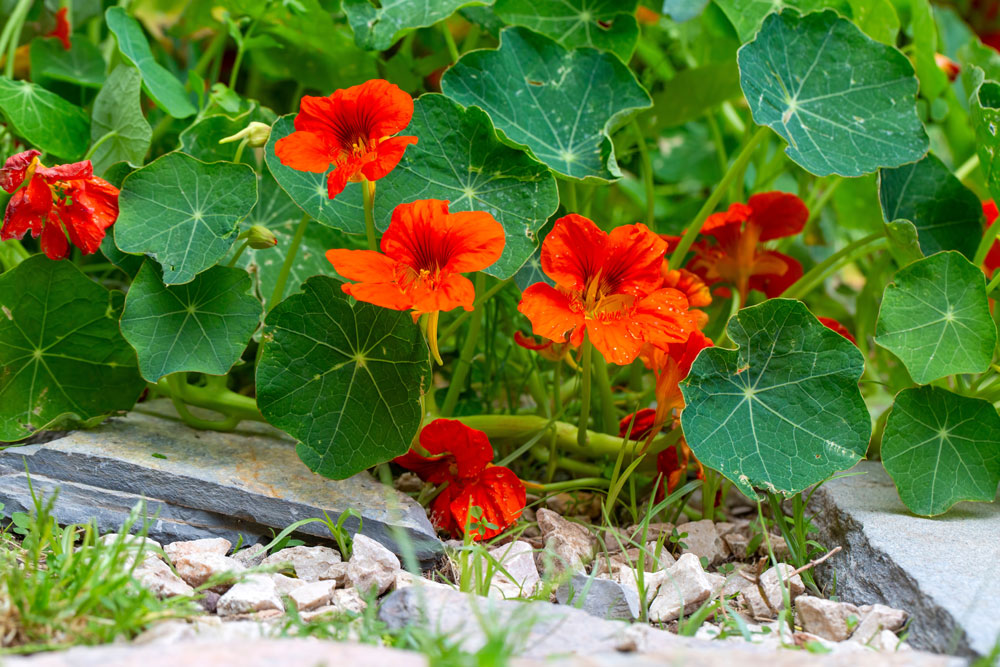
Nasturtiums are colorful flowers that you might think would do well started indoors. But these plants actually prefer to be sown directly in the garden.
Their long roots don’t like being transplanted. If you start them inside, you risk damaging the roots when you move them outdoors.
To plant nasturtiums, wait until after the last frost. Sow the seeds about an inch deep in your garden soil. They’ll sprout quickly and grow into cheerful, easy-care plants.
15. Larkspur
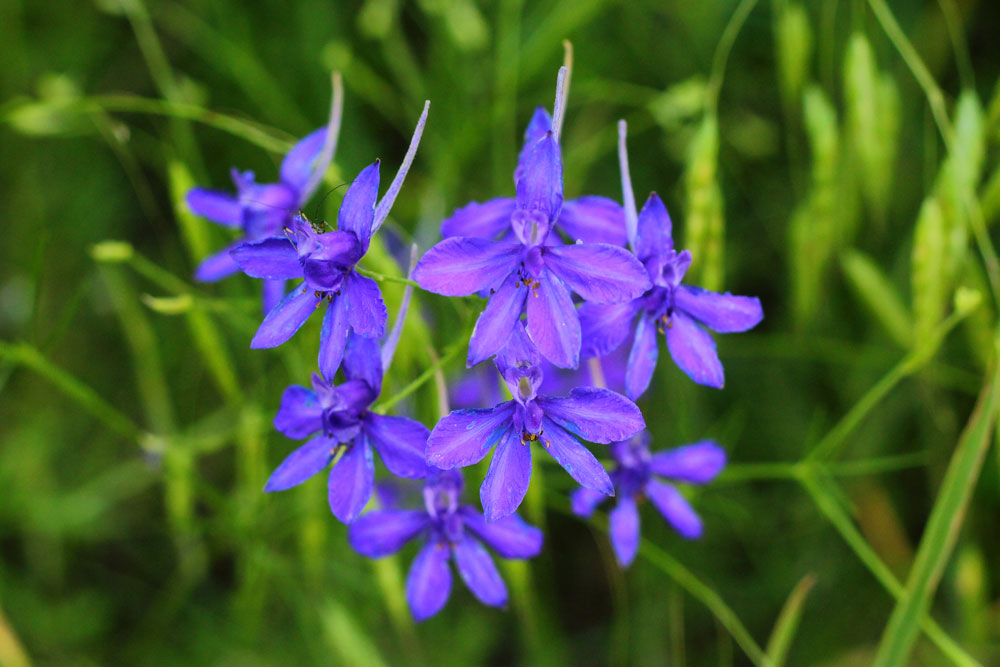
Larkspur, or Delphinium, is a beautiful flower that’s best started outdoors. These tall, elegant blooms prefer cooler temperatures for germination.
To plant larkspur, scatter seeds directly in your garden in late fall or early spring. Choose a sunny spot with well-draining soil. Lightly press the seeds into the soil, but don’t cover them completely.
Larkspur seeds need exposure to cold to sprout. This process, called cold stratification, happens naturally when you sow them outside. Starting indoors can lead to weak seedlings that don’t transplant well.
Understanding Seed Germination
Seeds are amazing little packages that hold the key to new plant life. They need the right conditions to sprout and grow into healthy plants.
Outdoor Versus Indoor Conditions
When you plant seeds outdoors, Mother Nature takes care of most things. The soil warms up as spring arrives. Rain provides water. Sunlight filters through leaves or shines directly on the ground.
Indoor seed starting is different. You control everything:
- Soil temperature
- Water
- Light
- Air flow
This can be good, but it’s also tricky. You need to mimic outdoor conditions as much as possible. Use a seed starting mix that drains well. Keep soil moist but not soggy. Provide 12-16 hours of light daily.
Some seeds do better when planted directly outside. These include:
- Root vegetables like carrots and radishes
- Corn
- Peas
- Beans
The Role of Temperature and Light
Seeds are picky about temperature and light. Each type has its own needs.
Most seeds like soil temperatures between 65-75°F to sprout. A warm spot in your house or a heat mat can help. Once seedlings emerge, they often prefer cooler temps around 60-65°F.
Light is crucial for seedling growth. After sprouting, give them:
- Bright indirect light from a south-facing window, or
- 14-16 hours under grow lights
Not enough light makes seedlings weak and leggy. Too much heat can dry them out fast. Finding the right balance is key to strong, healthy plants.
Challenges of Starting Certain Seeds Indoors
Starting seeds indoors can be tricky for some plants. You might face issues with space and moving seedlings outside.
Space Limitations
Indoor seed starting requires room for trays, pots, and grow lights. Your windowsills and tables can quickly fill up as seedlings grow. Large seeds like squash and melons need bigger pots, taking up more space. Tall plants like sunflowers and corn can outgrow indoor areas fast.
Tips for maximizing space:
- Use vertical shelving units
- Rotate trays to share light
- Start only what you need
Transplant Shock
Moving seedlings from cozy indoor spots to the harsh outdoor world can stress them. This shock can slow growth or even kill plants. Root-sensitive veggies like carrots and radishes hate being moved. Cucumbers and squash with their big leaves can wilt quickly when transplanted.
To reduce transplant shock:
- Harden off seedlings gradually
- Water well before and after moving
- Transplant on a cloudy day or in the evening
- Use a root stimulator when planting
You can avoid these issues by direct sowing outdoors. Seeds like peas, beans, and root crops often do better when planted straight in the garden.


